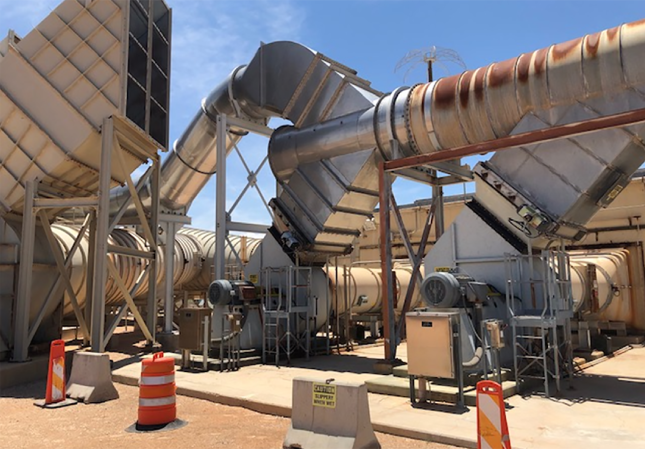Crews move equipment used to inspect drums holding diluted plutonium into a storage site in K Area at the Savannah River Site. Photo: DOE
Workers at the Department of Energy’s Savannah River Site in South Carolina recently finished transferring equipment to the site’s K Area in preparation of shipping downblended plutonium to the Waste Isolation Pilot Plant in New Mexico for disposal. The plutonium is part of the 34 metric tons of surplus plutonium the National Nuclear Security Administration plans to ship to WIPP under the “dilute and dispose” option the department adopted following the cancellation of the MOX Fuel Fabrication Facility project.
The Maryland University Training Reactor, one of 12 TRIGA reactors currently operating at universities in the United States. Photo: University of Maryland
TRIGA International, the only supplier of TRIGA reactor fuel in the world, recently completed a major renovation project at its fuel fabrication facility in Romans, France. The Department of Energy, which provided both technical and financial support for the project, said the upgrades ensure the continued operation of 36 TRIGA reactors around the world, including 18 in the United States.
ANS urges National Nuclear Security Administration to reconsider drafted rule
La Grange Park, IL – The American Nuclear Society (ANS) is recommending that the National Nuclear Security Administration (NNSA) consider using surplus plutonium from nuclear weapons as fuel for advanced reactors to generate carbon-free energy, rather than diluting and disposing 34 metric tons of weapons-grade plutonium at the Waste Isolation Pilot Plant (WIPP) in New Mexico as proposed by the NNSA.
Game changer in addressing I&C common cause failure protection
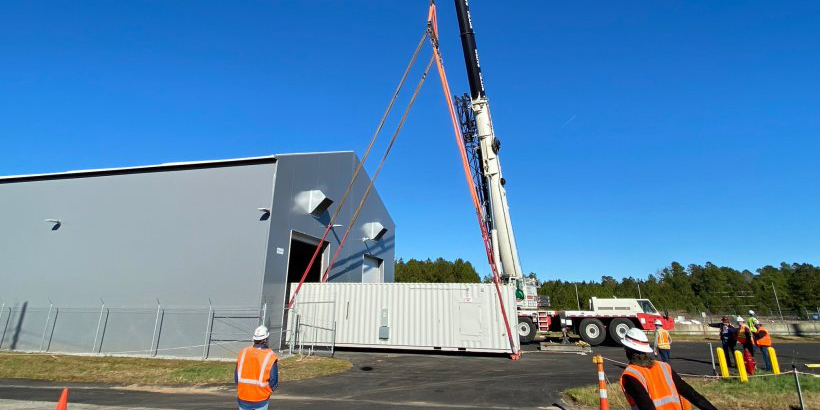


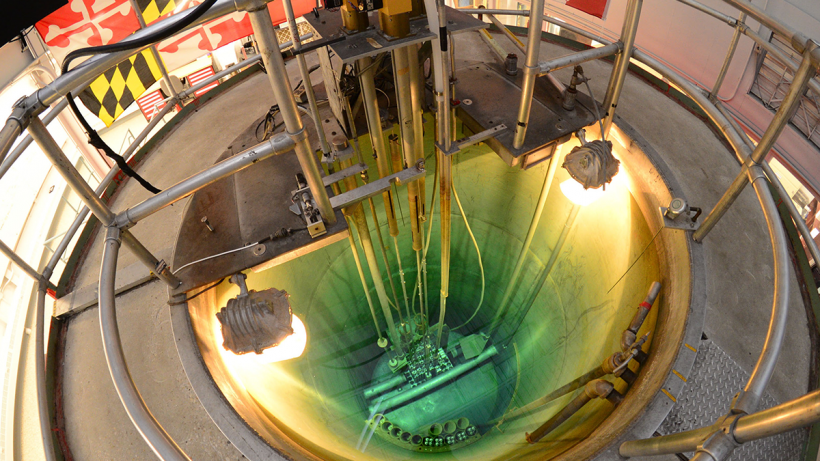
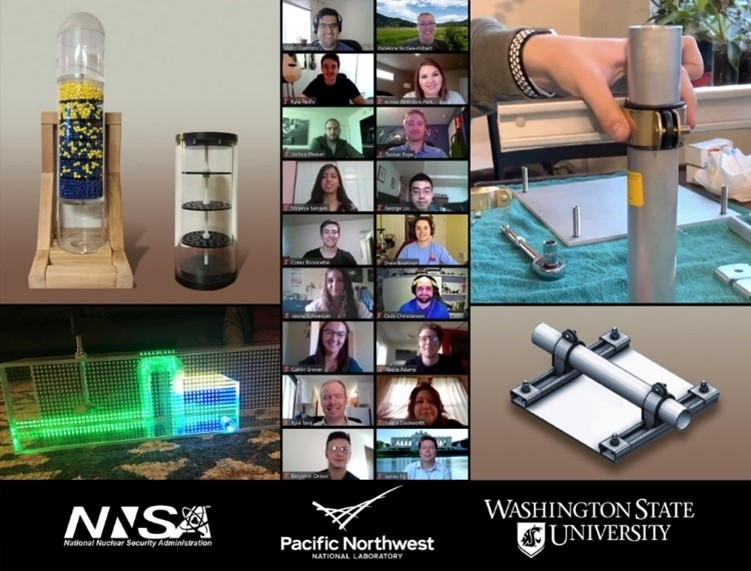

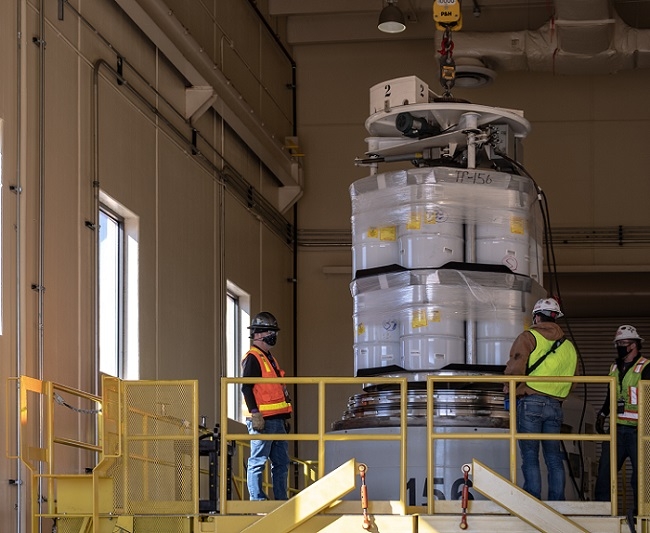
 President Biden has appointed
President Biden has appointed
